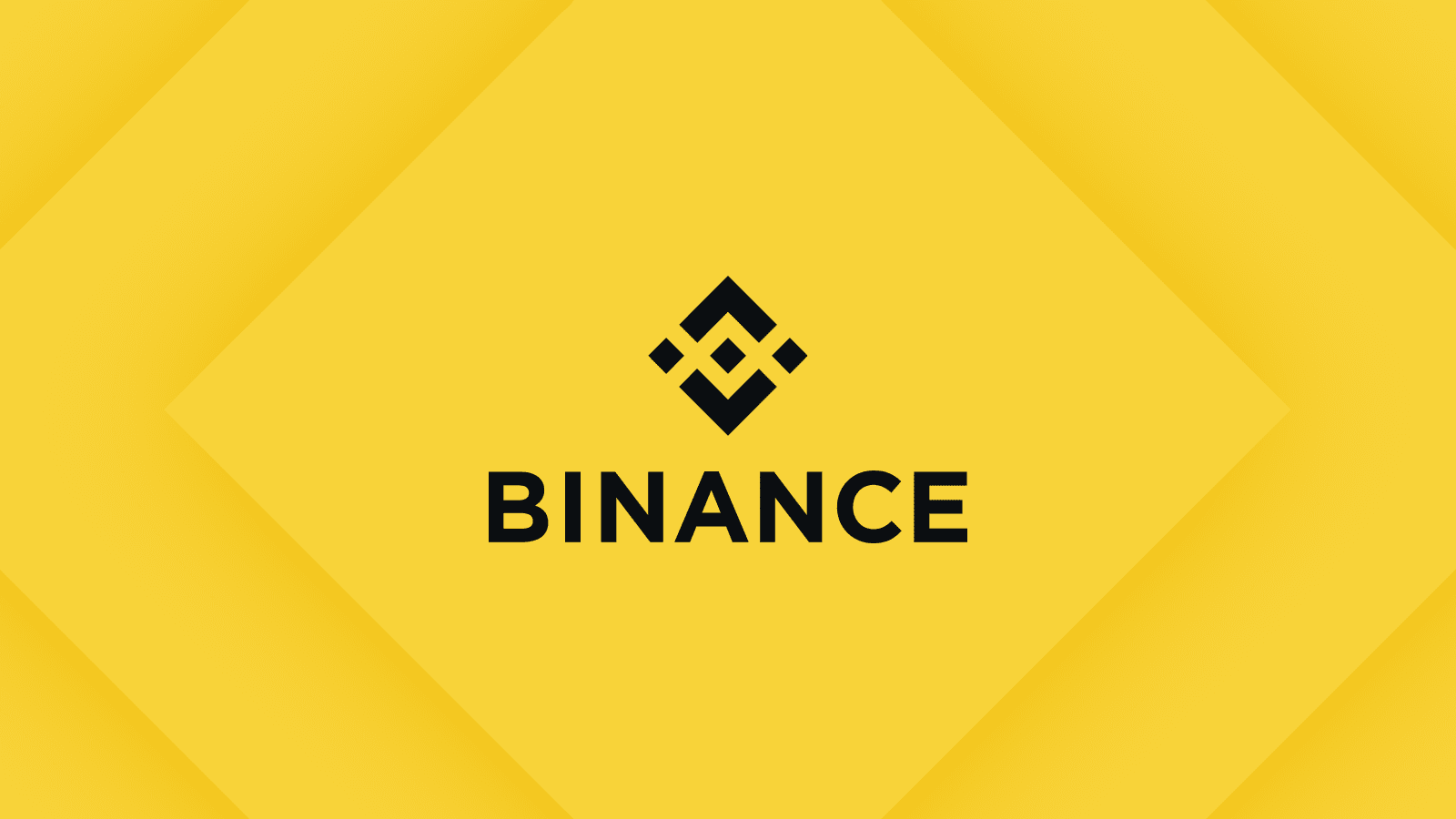Binance Navigates 2025 Crypto Regulation Challenges with Enhanced KYC and Swap Solutions
In 2025, the cryptocurrency market is grappling with tighter regulations, including the delisting of major stablecoins like USDT and mandatory KYC verifications. These changes have introduced significant hurdles for users, who now face repeated identity checks and fragmented liquidity across platforms. Binance, as a leading exchange, is at the forefront of addressing these challenges by streamlining KYC processes and improving swap solutions to enhance user experience. This article explores the current regulatory landscape and how Binance is adapting to meet the needs of its users in this evolving environment.
Crypto Regulation Tightens, Users Seek Simpler KYC and Swap Solutions
In 2025, the cryptocurrency market faces increasingly strict regulations, with new requirements and the delisting of popular stablecoins like USDT from major exchanges. Mandatory Know Your Customer (KYC) verifications have created significant hurdles for users, who now navigate repeated identity checks and fragmented liquidity across platforms.
Users frequently undergo KYC processes multiple times, leading to delays and frustration. Regulatory pressure has forced exchanges like Binance to delist assets such as USDT in certain regions, disrupting liquidity and forcing traders to seek alternatives.
Emerging solutions like SimplePro, a non-custodial swapping platform in beta, aim to streamline compliance while enhancing user experience. By completing KYC once, users gain access to multiple exchanges without repeated verification. The platform aggregates liquidity from leading venues, offering optimal swap rates.
Chainlink Partners with Misyon Bank for Tokenized Assets: Analysts Target $52
Chainlink's integration with Turkey's Misyon Bank has ignited bullish sentiment among analysts, with some projecting a $52 price target for LINK as tokenization of real-world assets gains momentum in 2025. The partnership positions chainlink as critical infrastructure for traditional finance, with its technology enabling on-chain data feeds and Proof of Reserve for Misyon Bank's tokenized asset platform.
Despite current trading at $17.70, LINK's fundamentals strengthen through strategic alliances. Evren Cantürk, CEO of Misyon Crypto, highlighted the significance of the collaboration during the signing ceremony. Meanwhile, market observers debate whether LINK's price action represents a final Wave C in its current cycle, with some analysts suggesting the altcoin market may only have 4-5 months of runway remaining.
3 Coins to Watch: BNB Eyes $900, PEPE Whales Accumulate, Cold Wallet Disrupts
Binance Coin (BNB) demonstrates resilience as AI models project a $700-$900 price range by 2025, fueled by its utility within the Binance ecosystem and cross-chain demand. Trading NEAR $560, BNB's supply constraints and exchange fee advantages position it as institutional-grade exposure.
PEPE whales seized market weakness to acquire 2.8 trillion tokens in 24 hours, signaling potential accumulation before a rebound. The memecoin's volatility continues to attract high-risk capital.
Cold Wallet ($CWT) emerges as a dark horse after its $270 million Plus Wallet acquisition, integrating reward mechanisms that redefine self-custody economics. The presale project combines security infrastructure with user incentives rarely seen in wallet solutions.
Best Crypto To Invest in 2025? Arctic Pablo, Neiro, and Notcoin Gain Traction
Arctic Pablo Coin (APC) is emerging as a dark horse in the crypto market, blending meme coin virality with strategic tokenomics. The project has burned 11 billion tokens to date, enforcing scarcity through weekly burns of unsold tokens—a mechanism transparently recorded on Binance Smart Chain. With $3.16 million raised in its Stage 34 presale at $0.00062 per token, APC’s deflationary model contrasts sharply with typical pump-and-dump schemes.
Meanwhile, Neiro and Notcoin are building momentum through organic growth. Neiro’s steady gains and Notcoin’s surging trading volume suggest broadening investor interest, though neither has matched APC’s aggressive tokenomics. All three projects exemplify the 2025 crypto landscape’s divergence: meme coins evolving into structured ecosystems, while utility tokens compete for market attention.
ENS Hits $28 Amid Bullish Momentum, But On-Chain Data Signals Caution
Ethereum Name Service (ENS) rallied to $28.63, marking a 71% surge since late June's $16.03 low. The altcoin now flirts with the $32 resistance level, though recent rejection suggests potential consolidation.
On-chain metrics reveal diverging signals. While the Awesome Oscillator maintains bullish momentum, Binance inflows and dwindling holder accumulation hint at growing sell pressure. The CMF's decline from +0.27 to +0.05 since mid-July underscores weakening buying power.
Traders eye $27 as critical support—a breach below $26.15 could trigger short-term bearish sentiment. Conversely, sustained momentum may test $34 and $38 targets. 'The higher low at $26.15 is the line in the sand,' observes one chartist, noting the token's precarious balance between profit-taking and accumulation.
Ceffu Bridges Binance Liquidity to Orderly Network in Landmark CeFi-DeFi Integration
Binance's institutional custody arm Ceffu has forged a strategic partnership with decentralized exchange infrastructure provider Orderly Network. This integration creates a seamless conduit between centralized exchange liquidity and decentralized perpetuals trading—eliminating traditional bridging bottlenecks while maintaining Binance-level security.
The breakthrough allows institutional traders to deploy capital across both CeFi and DeFi environments without asset transfers. Strategy providers can now execute trades on Orderly's infrastructure while assets remain custodied within Binance's ecosystem. "We're solving DeFi's liquidity fragmentation," Orderly's announcement declared, showcasing live integration with Binance's DEEP order books.
This hybrid model introduces gasless DeFi access powered by centralized exchange liquidity—a potential game-changer for institutional adoption. Market makers gain unprecedented efficiency, leveraging existing Binance balances for decentralized trading strategies. The collaboration signals growing convergence between traditional crypto finance and decentralized protocols.

